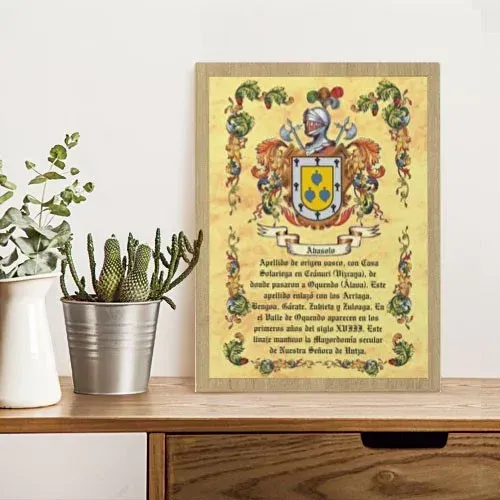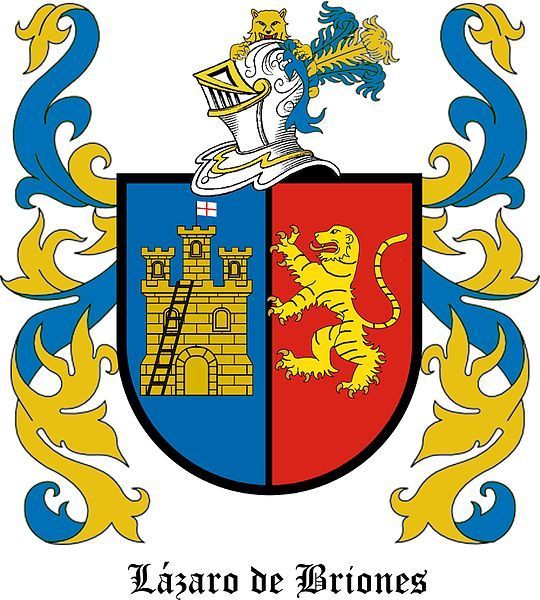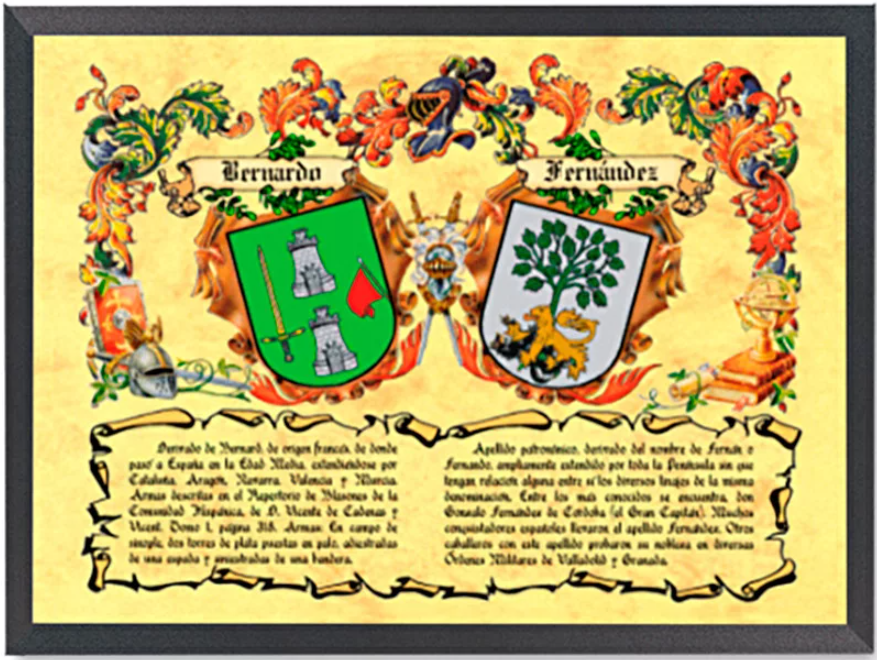What is Heraldry?
Heraldry is a fascinating discipline that focuses on the study and design of coats of arms and the codification of the rules for their correct representation and description. In the Middle Ages, these visual symbols served to identify participants in battles and tournaments. Over time, heraldry expanded beyond the military realm, reaching the nobility, the clergy, guilds, and even entire cities. Throughout the centuries, this rich visual tradition has evolved and continues to be relevant in the modern world.
Origin of Heraldry
The origins of heraldry date back to the 12th century in Europe, a period when visual emblems were essential for distinguishing individuals in collective events, such as tournaments and battles. Over time, these insignia became status emblems, used not only by knights and nobles but also by institutions like cities and guilds.

Elements of Heraldry
Coat of Arms
The coat of arms is the central component of any heraldic design. It features distinctive symbols that identify a person, family, or institution. These images can reflect marital alliances, achievements, and other historical frameworks, adding layers of meaning and lineage to the shields.
Armory
Armory encompasses all the components that form part of the coat of arms. It includes elements such as the helmet and crest, as well as various adornments, supporters, and mottos. These decorative details embellish the shield and reflect the history and values of its bearers.
Historical Symbolism of the Shield
Historically, the shield was not only a defensive tool in battle but also a symbol filled with meaning. It represents the strength and wealth of its bearers. Numerous myths, such as the story of Achilles' shield, emphasize the symbolism of the shield as a refuge that contains all the beauties of life and the universe.

Rules and Traditions of Heraldry
Blazonry
The art of describing a coat of arms is known as blazonry, a specific language that includes its own terminology and syntax. In the description, one starts with the background color and then proceeds to detail the positions and colors of all the figures on the shield meticulously.
Organization of the Shield
The shield is systematically divided into nine zones known as points, each with its specific name. This provides a unified way to describe and read the complex arrangements of symbols on a shield.
Modern Use of Heraldry
Today, heraldry remains a significant method for the visual identification of families and surnames. Many people maintain their heraldic heritage in the form of framed artworks that include information about family lineage and history. These shields become tangible representations of personal and family identity.

Heraldry continues to be a vital link to our past, offering a window into cultural and historical identity. The coats of arms and their complex compositions not only provide a visual means of identification but also preserve family stories through time. The rules of heraldry ensure that each symbol and color on the shield tells a story, keeping this millenary tradition alive.




























